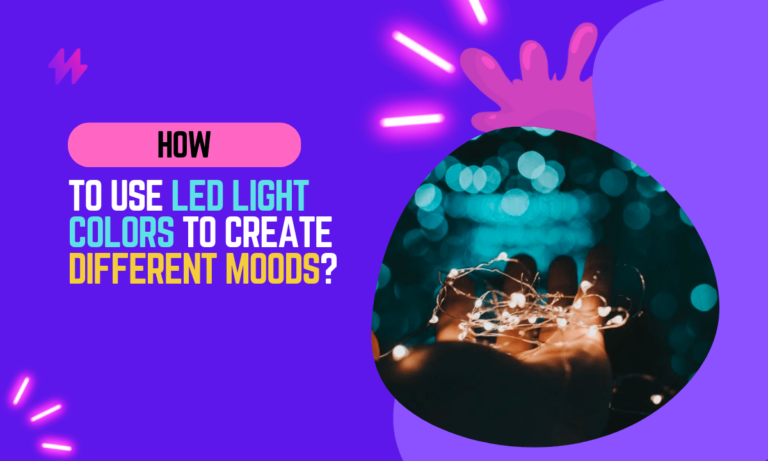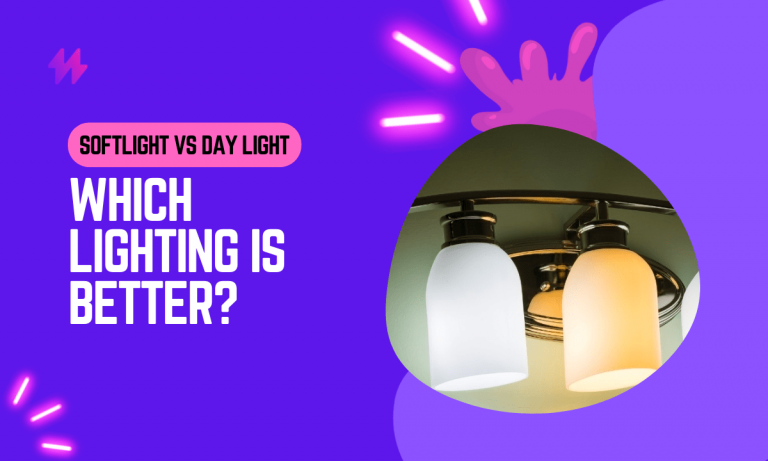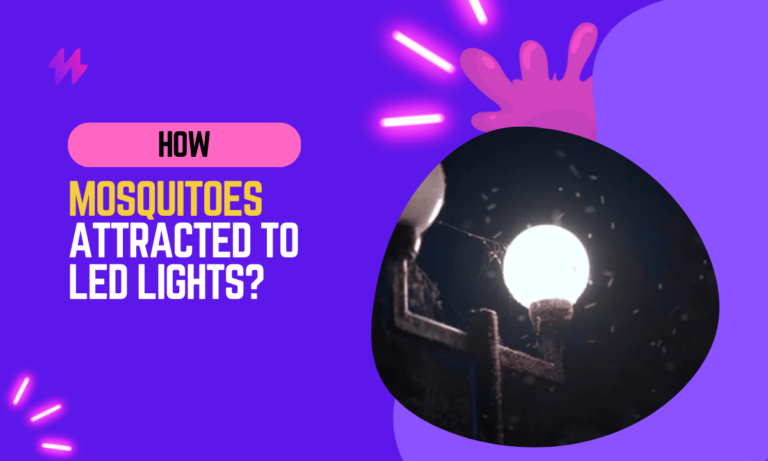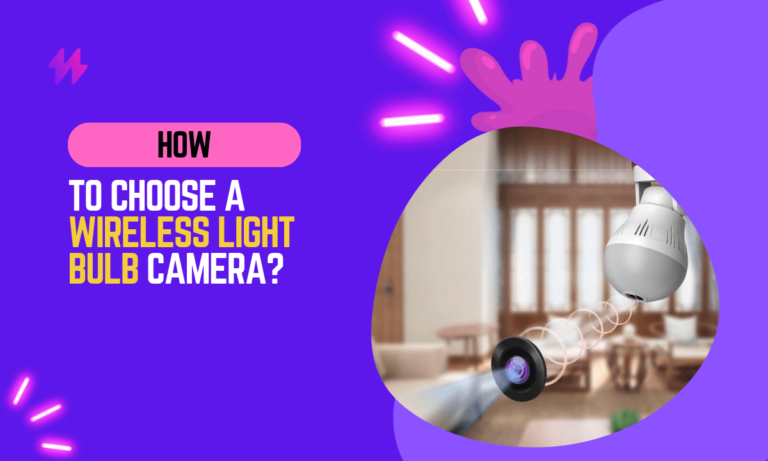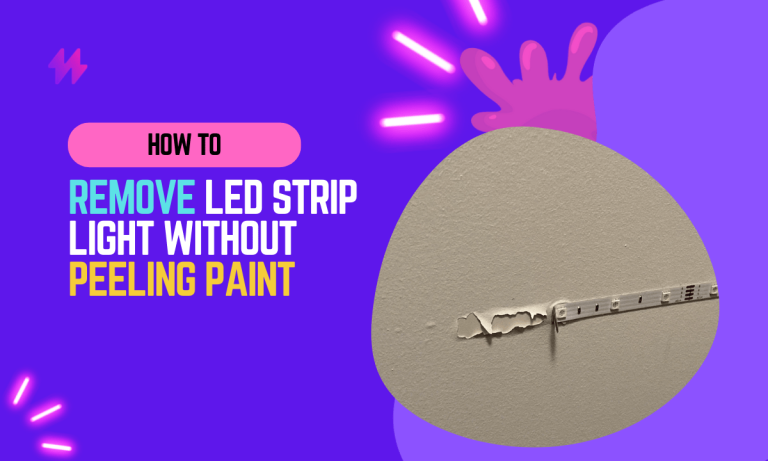Which is The Best Light for Plant Growth?
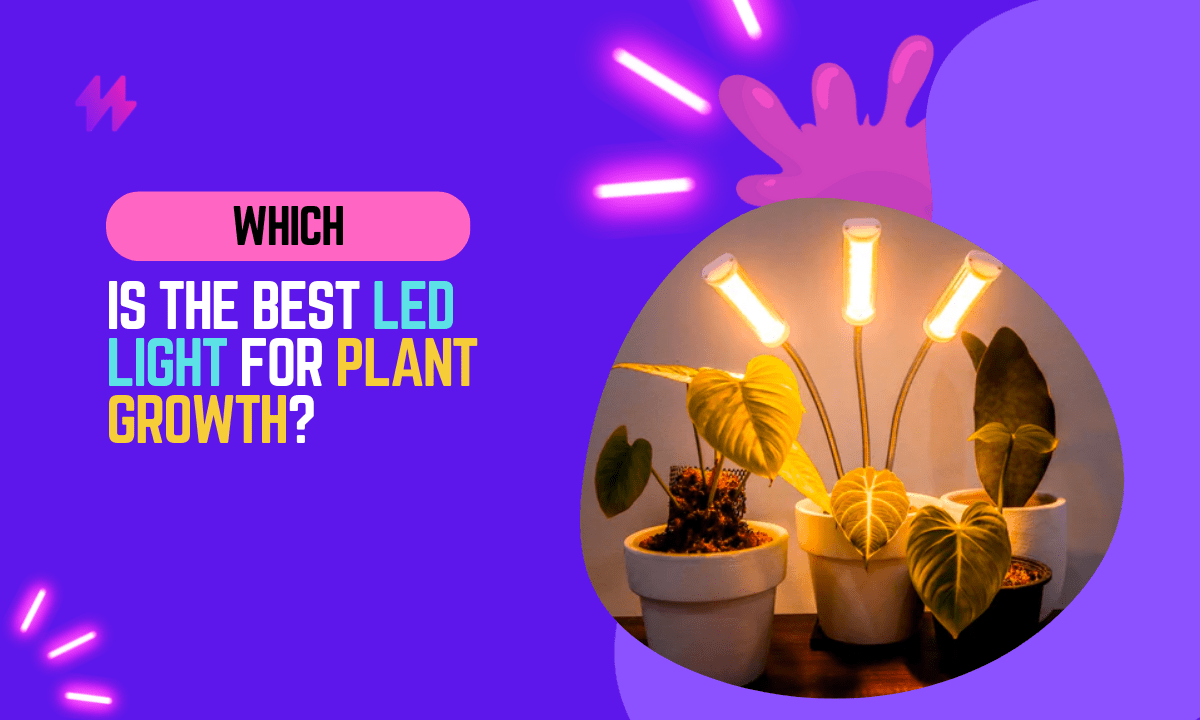
Do you want to grow beautiful, healthy plants? If so, you need to make sure they have the best light for plant growth. The type of light that plants need depends on the plant species, but in general, plants need bright, indirect light.
There are many different types of grow lights available on the market, so it can be difficult to know which one is right for you. In this article, I will discuss the different types of grow lights and help you choose the best one for your plants.
I have been working with LED lights for over 10 years. I have worked with a variety of different plants, and I have learned a lot about the best lighting conditions for each type of plant. In this article, I will share with you and help you choose the best light for your plants.
Plants need light to grow, and the type of light that plants receive can have a significant impact on their growth and development. Some plants need more light than others, and the intensity, duration, and quality of the light all play a role in how well a plant grows.
In this article, we will discuss the different types of light that plants need, how to choose the best light for your plants, and how to create a lighting setup that will help your plants thrive.
Types of Light for Plants
There are three main types of light that plants need:
- Photosynthetically Active Radiation (PAR): This is the light that plants use to photosynthesize. PAR light is measured in micromoles per square meter per second (μmol m-2 s-1).
- Ultraviolet (UV) light: UV light is a type of electromagnetic radiation that is invisible to the human eye. UV light can be harmful to plants, but it is also essential for some plant processes, such as photosynthesis and the production of vitamin D.
- Infrared (IR) light: IR light is a type of electromagnetic radiation that is also invisible to the human eye. IR light can be beneficial for plants, as it can help to warm them and promote growth.
Choosing the Best Light for Your Plants
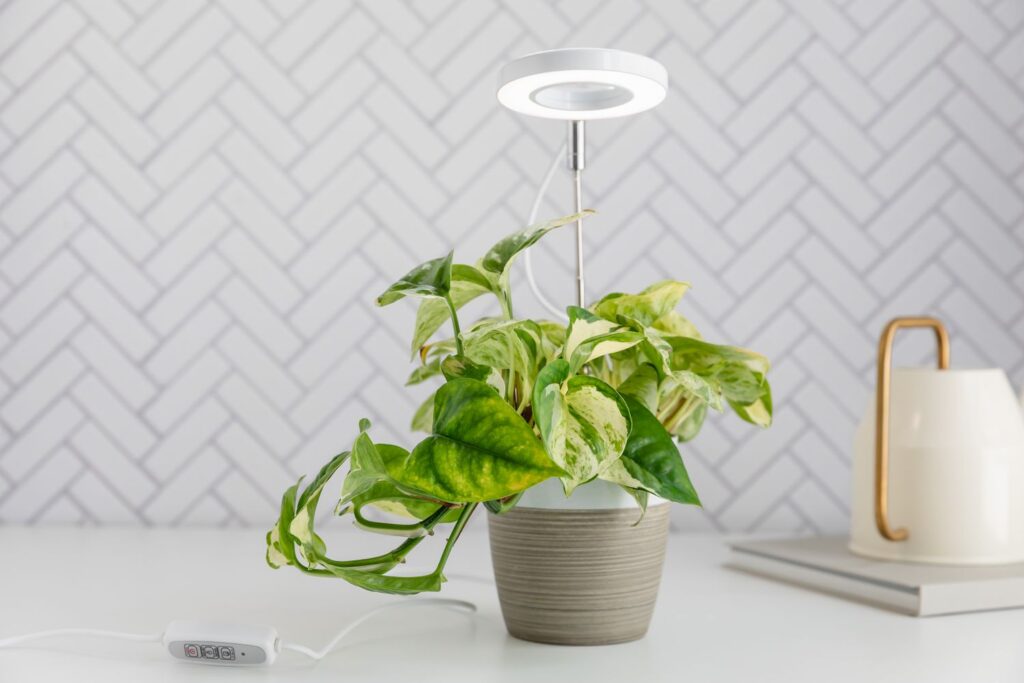
The best light for your plants will depend on the type of plant, the climate, and the location of your plants.
For indoor plants, you will need to choose a grow light that emits the correct amount of PAR light.
The intensity of the light will also need to be adjusted depending on the distance between the light and the plant.
For outdoor plants, you will need to consider the amount of natural sunlight that your plants will receive. If your plants will not be getting enough sunlight, you will need to supplement their light with a grow light.
The climate will also play a role in the type of light that you need for your plants. In warmer climates, you may need to use a light that emits less heat, as this can damage plants.
Creating a Lighting Setup for Your Plants
Once you have chosen the best light for your plants, you will need to create a lighting setup that will provide your plants with the right amount of light.
For indoor plants, you will need to place your grow light at the correct distance from the plants. The distance between the light and the plants will depend on the intensity of the light.
For outdoor plants, you will need to choose a location that receives the correct amount of sunlight. If your plants are not getting enough sunlight, you will need to supplement their light with a grow light.
Tips for Growing Plants with LED Lights
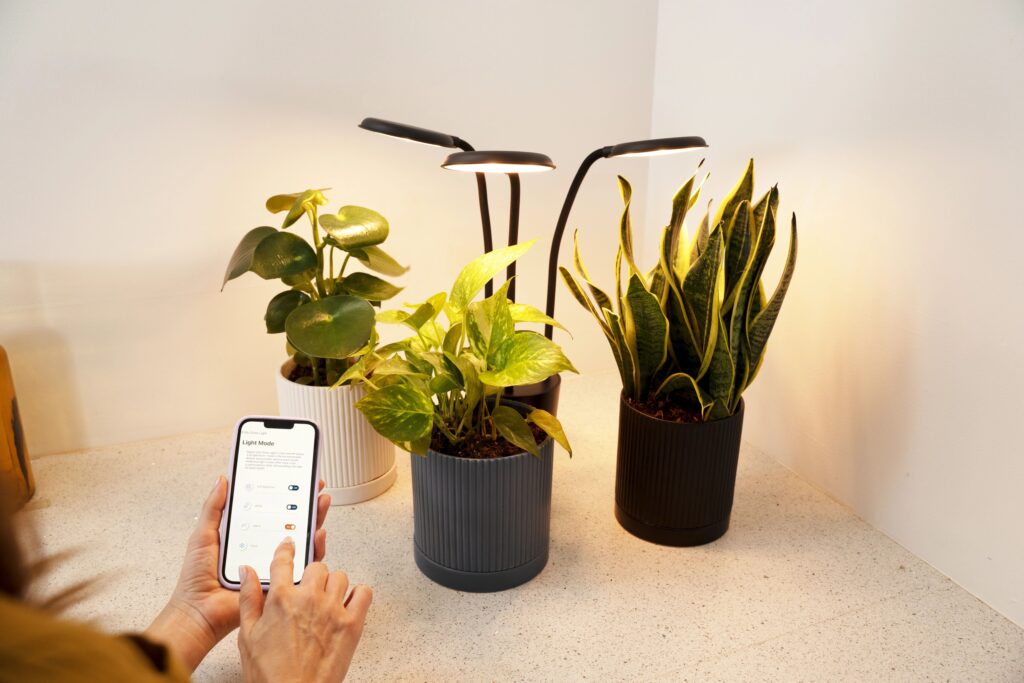
Here are a few tips for growing plants with light:
- Start with healthy plants: If your plants are not healthy, they will not be able to photosynthesize properly and will not grow well.
- Provide the right amount of light: Make sure that your plants are getting the right amount of light, as too much or too little light can damage them.
- Rotate your plants regularly: Rotating your plants will help to ensure that all sides of the plants receive the same amount of light.
- Water your plants regularly: Watering your plants regularly will help to keep them hydrated and healthy.
- Fertilize your plants regularly: Fertilizing your plants regularly will help them to grow strong and healthy.
FAQs
What is the best light for plant growth?
There is no one-size-fits-all answer to this question, as the best light for plant growth will vary depending on the specific plant species, the growth stage of the plant, and the environmental conditions. However, some general tips for choosing the best light for plant growth include:
- Choose a light that emits a full spectrum of light, including red, blue, and green wavelengths.
- Choose a light that is bright enough to provide the amount of light that the plant needs.
- Choose a light that is designed for the specific growth stage of the plant.
- Choose a light that is durable and easy to use.
How much light do plants need?
The amount of light that a plant needs will vary depending on the specific plant species, the growth stage of the plant, and the environmental conditions. However, a good rule of thumb is to provide plants with at least 12 hours of light per day.
What type of light is best for plants?
The best type of light for plants is full-spectrum light, which includes red, blue, and green wavelengths. This type of light is essential for photosynthesis, which is the process by which plants convert light energy into chemical energy that they can use to grow.
How do I know if my plant is getting enough light?
There are a few ways to tell if your plant is getting enough light.
- The leaves of the plant should be a healthy green color.
- The plant should be growing at a steady rate.
- The plant should not be wilting or showing signs of stress.
If you are not sure if your plant is getting enough light, you can try moving it to a brighter location or using a grow light.
How can I use grow lights to help my plants grow?
Grow lights can be a great way to help your plants grow, especially if you live in a climate with limited sunlight. Grow lights can provide plants with the extra light they need to grow and thrive.
Here are a few tips for using grow lights to help your plants grow:
- Choose a grow light that is the right size and intensity for your plants.
- Place the grow light at the right distance from your plants.
- Turn on the grow light for the right amount of time each day.
By following these tips, you can help your plants grow healthy and strong, even in low-light conditions.
Conclusion
In conclusion, choosing the best light for plant growth is essential for optimizing the health and productivity of indoor and greenhouse gardening. The effectiveness of a lighting system for plants is largely dependent on the type of light emitted and its similarity to natural sunlight, which is the ideal standard for photosynthesis. LED grow lights have emerged as a top contender due to their energy efficiency and ability to produce a broad spectrum of light, which includes the critical blue and red wavelengths that plants primarily need for growth and flowering. Furthermore, LEDs can be customized to target specific light spectrums to promote vegetative growth or flowering, making them versatile for various stages of plant development.
Moreover, while LEDs are highly beneficial, it’s important to consider other factors such as the intensity and duration of light exposure, which should be tailored to the specific needs of the plant species being cultivated. Fluorescent bulbs, particularly T5 high-output fluorescents, are also a good choice for seedlings and young plants due to their lower heat output and effective light spectrum. Ultimately, the decision on which light to use should be informed by the plant’s specific requirements, the grower’s budget, and the operational setup. By carefully selecting and managing the light environment, gardeners can significantly enhance plant vigor and yield, making the most of indoor growing conditions. This approach not only ensures the flourishing of plants but also contributes to a more sustainable and rewarding gardening experience.
Here are some additional resources that you may find helpful:
[The Importance of Light for Plant Growth](https://www.gardeningknowhow.com/garden-how-to/grow-plants/light-for-plant-growth.htm)
[How to Choose the Best Light for Your Plants](https://www.thespruce.com/how-to-choose-the-best-light-for-your-plants-5983539)
[How to Create a Lighting Setup for Your Plants](https://www.almanac.com/garden/tips/how-create-lighting-setup-your-plants)

